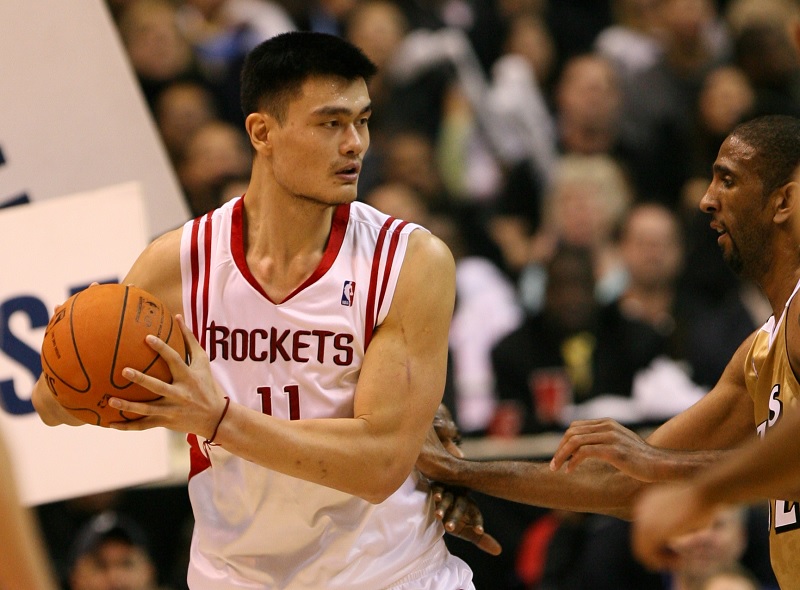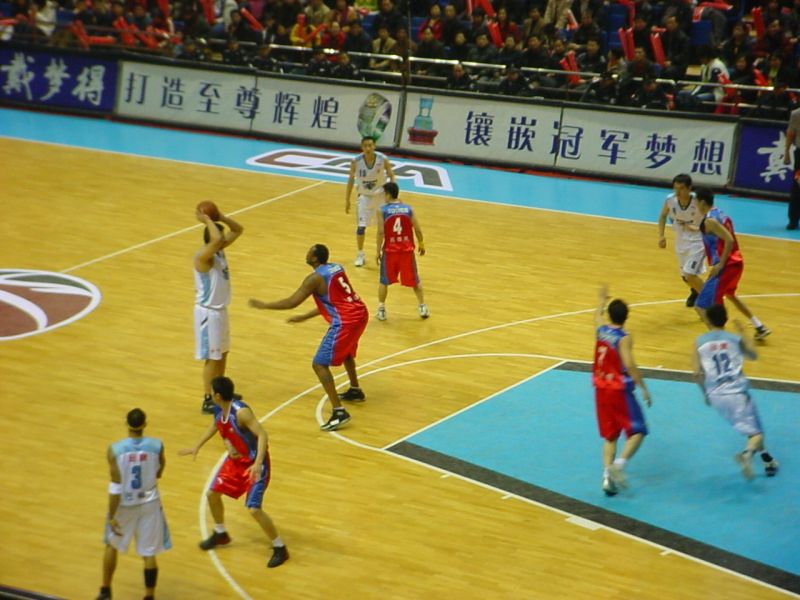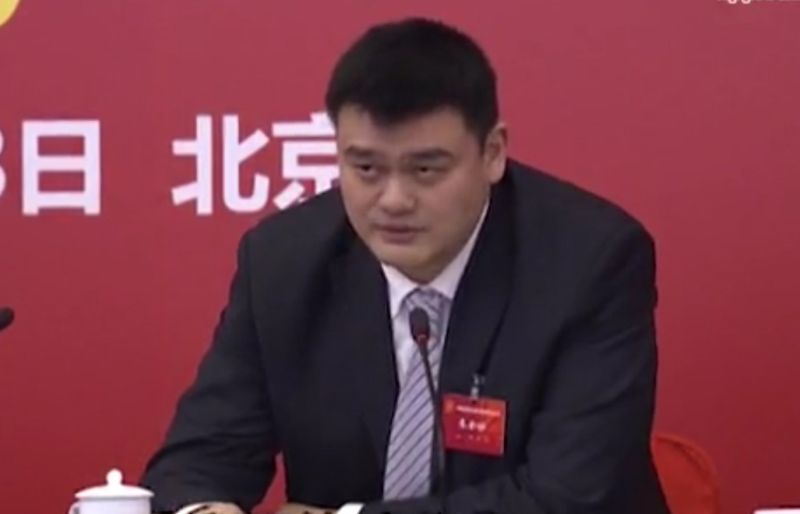By Francesca Chiu
On February 23, former NBA star Yao Ming was unanimously elected president of the Chinese Basketball Association (CBA) during the association’s national congress – the first time a non-official has ever taken up the post.
Following his election, the 36-year-old, 7-foot 6-inch retiree from Shanghai outlined his plans to enhance the quality of China’s domestic basketball league, acknowledging the industry’s numerous shortcomings in team management, development, training and facilities.

Five days after Yao’s election, sports reporter Yang Yi was cited by Chinese media outlets as saying Yao had submitted a reform plan to the CBA containing three major suggestions: divide the league into two conferences and increase the number of games for each team; shorten the training period for the national team and adopt the invitation system used by the NBA; and restrict the court time of non-Chinese Asian players.
CBA officials reportedly rejected Yao’s reforms as “not suited to China’s national circumstances” – a justification also frequently deployed to dismiss governance reforms viewed as too foreign by Beijing. Soon the CBA was also rejecting Yang’s report, saying it was fake news and that “there was no proposal or reform plan at that congress.”
Yao has long been known for his ambitions to reform China’s basketball system. He has been a member of the Chinese People’s Political Consultative Conference (CPPCC) National Committee since 2013 and has brought up reform proposals for the development of the domestic basketball sector every year in Beijing.
His first proposal reflected his issues with the national sports management system, requesting that the CBA be made independent from China’s government. The proposal was, of course rejected, and Yao later openly admitted it had no impact.
How basketball is governed in China
There is a reason for this intransigence. Chinese basketball is technically governed by both governmental and non-governmental organisations. In reality the difference between the two is blurred by the practice of “One Personnel, Two Boards,” meaning that officials at the Chinese Basketball Management Centre (CBMC), a division of the government’s General Administration of Sport, are also personnel at the CBA, which is the nationwide non-governmental sports organisation and non-profit association that manages the country’s premier CBA League.

The overlap has inevitably resulted in conflict between the marketisation of the CBA League and long-term institutional constraints from the central government requiring the whole country to support China’s elite sport system (Juguo Tizhi) for winning gold medals at international competitions.
That is bad for business: According to one Chinese media report, in 2013 only five CBA league teams out of 17 were able to turn a profit, among which only one managed to bring in RMB 10 million during the 2012-13 season.
Ticketing is one of the major sources of income for professional basketball teams in China, but the power to decide the number of games and the schedule for each season lies with the CBMC, which prioritises the national team’s needs over the CBA League’s box office take.
For example, the 2006-07 season saw 50 days off in the league’s schedule to allow for the national team’s preparations for the Asian Games in Doha; the following year’s season was the shortest on record to accommodate extensive preparations for the Beijing Olympics.
In the last two seasons, each team had 38 games over the course of roughly three months before play-offs. A regular NBA season usually comprises 82 games played from October to April.
Yao’s efforts
Yao has attempted to drive reform from outside officialdom, but without much success. In January 2016, Yao, then owner of CBA League team Shanghai Sharks, allied with investors in 18 clubs to set up CBA Beijing Company Ltd. The move was aimed at increasing the clubs’ bargaining power in decisions about CBA business matters and event operations.

He was stymied again: the next day the CBMC announced it was setting up its own CBA company and the next day said it was granting it management power over the league. The CBA League (Beijing) Sports Co., Ltd. was officially established in November of that year, and Yao attended its opening ceremony.
While the league’s 20 clubs technically each have a 3.5 per cent share in this company, a subsidiary of the CBA holds a 30 per cent stake that ultimately makes a government organ, the CBMC, the biggest shareholder – ensuring its continued dominance in the development of Chinese basketball.
Nor has the establishment been eager to see Yao obtain power within the system. In January, when rumours that he would be appointed as the next CBA president were flying, state news agency Xinhua published an article criticising Yao, calling him too young and too inexperienced to lead the CBA. Less than two months later, Yao was elected anyway.
Yao’s appointment would seem to mark the beginning of the end of the “One Personnel, Two Boards” system at the CBMC and CBA, giving the latter more freedom to reform the league. But the actual significance of his election and its impact on Chinese basketball, for now, are unclear.
The fact that the CBMC retains substantial control over the CBA as outlined above will make it difficult to convince people that reforms increasing the association’s management power and autonomy are possible. And now Yao, previously an active advocate and reformer outside of the national basketball management system, is being absorbed by it – raising the question of which side, Yao or the establishment, will be the first to yield.
Francesca Chiu is a research assistant at the Department of Politics and Public Administration, University of Hong Kong. She has an abiding interest in politics and development issues. Follow her on Twitter @chiu_francesca.
